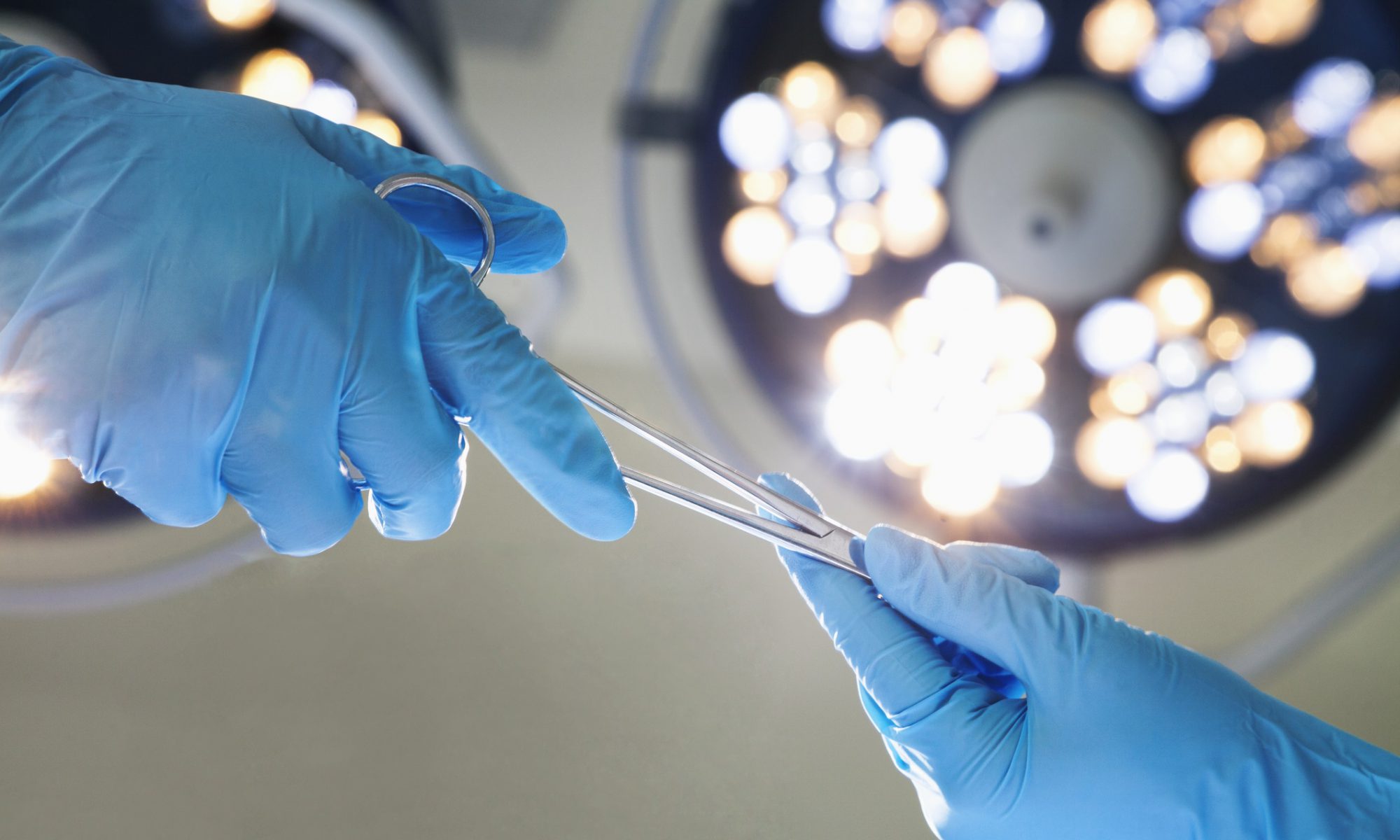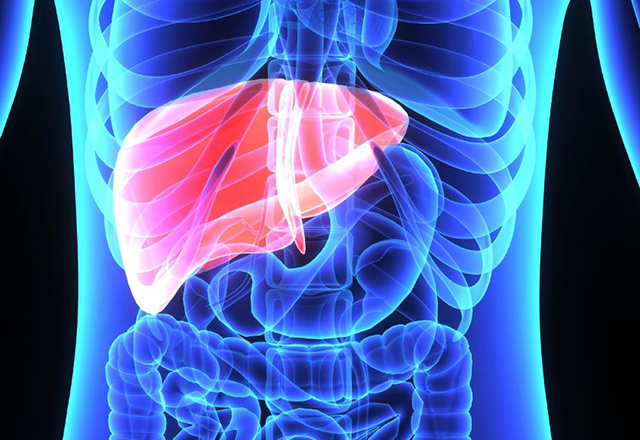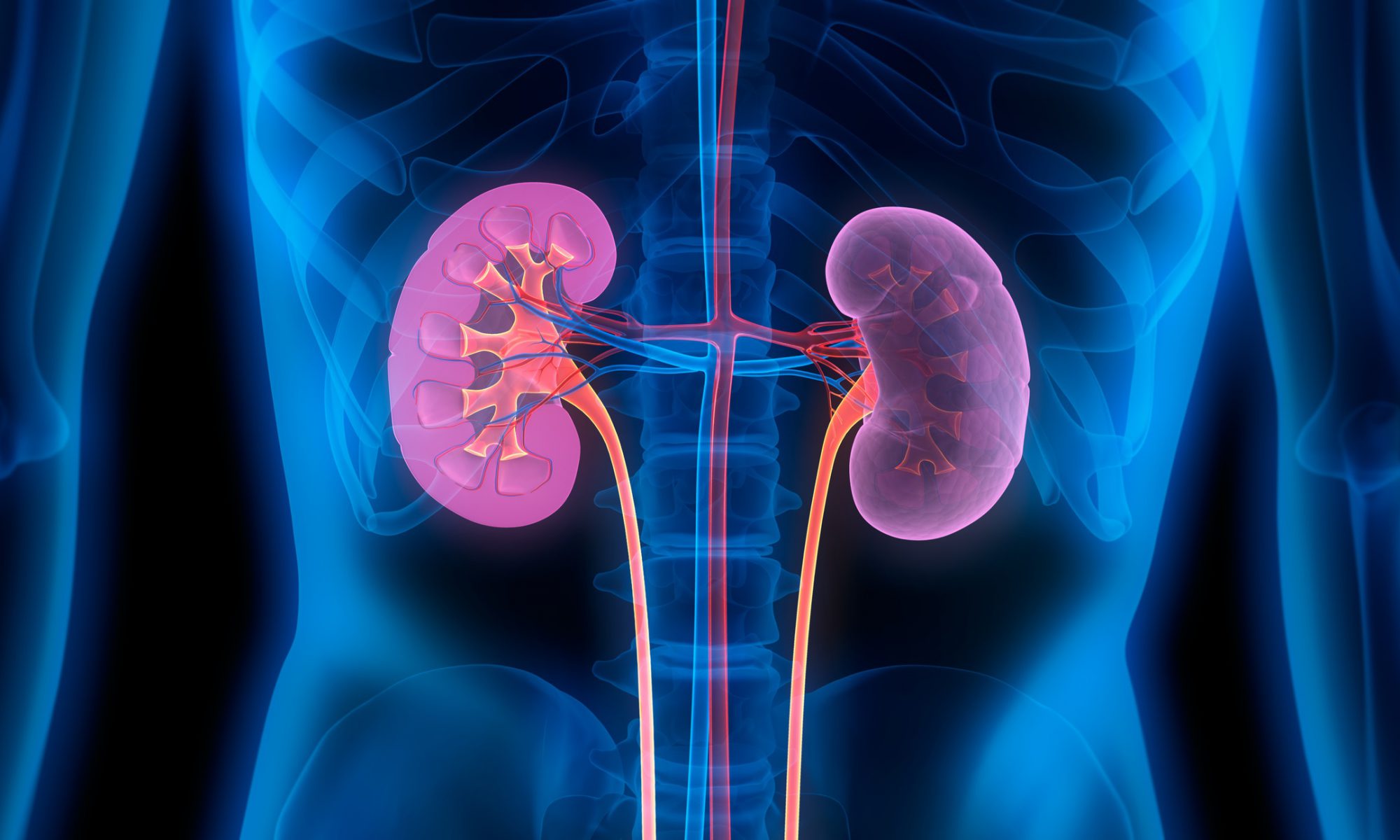By Julie S. Keenan
CareDx Inc. has partnered with Miromatrix Medical Inc. to address the organ supply shortage and improve transplantation outcomes by researching the use of bioengineered organs in humans, according to the press release.
“Increasing the life of the graft and increasing the quality of life of transplant recipients is CareDx’s goal, and one of the ways that we saw several years ago to do that was through partial investment in Miromatrix,” Robert Woodward, PhD, senior vice president of research and development for CareDx, told Healio.
Read the full story in Healio.







